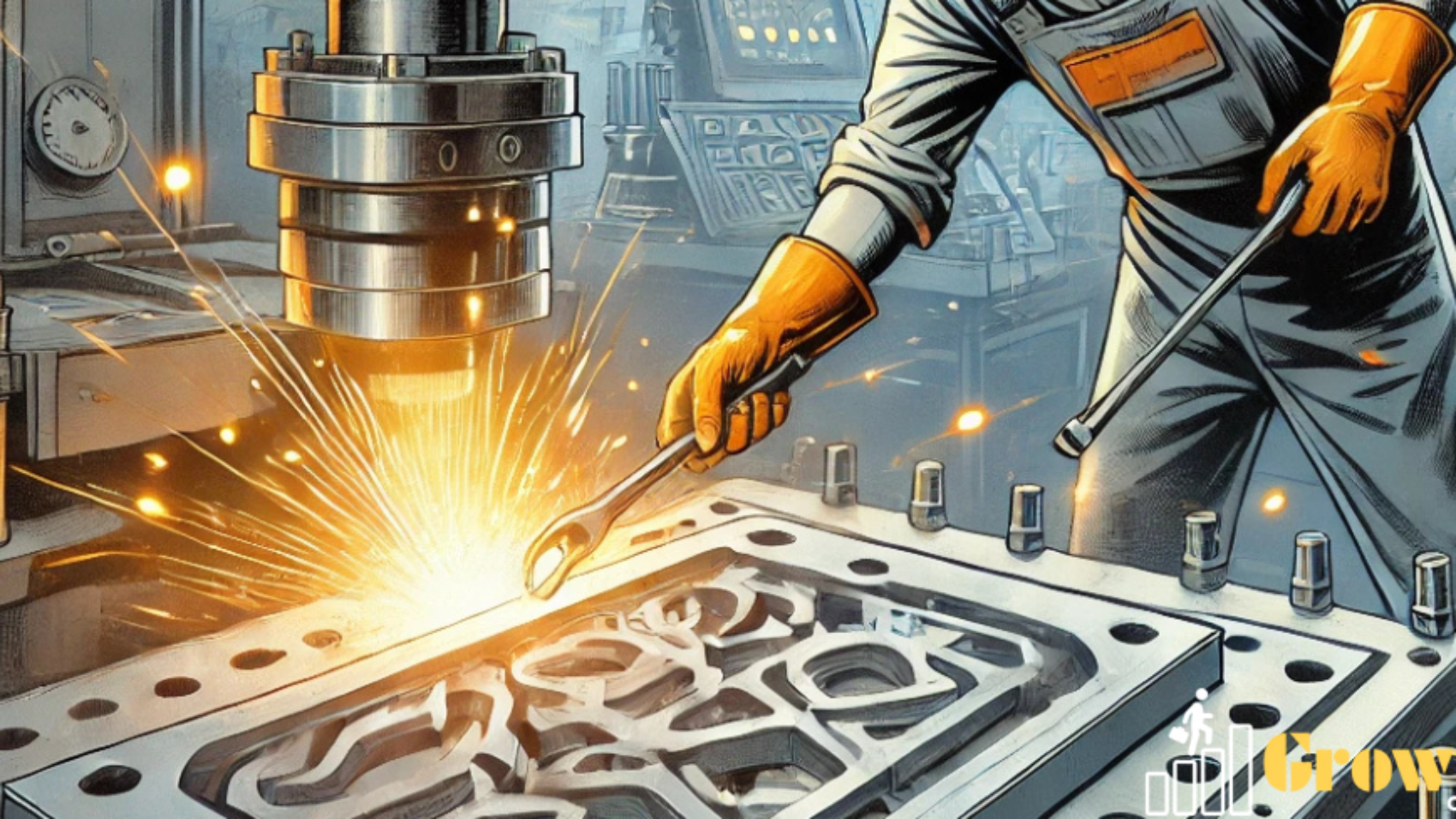Imagine this: you’re working on an important project, and suddenly, the Metal stamping parts don’t align. A once-simple task quickly turns into a frustrating challenge. That feeling when precision goes off-track? It’s all too familiar. Even the most minor misstep can disturb progress, causing delays and extra costs. Identifying why this happens and fixing it is important to staying on schedule and avoiding more problems. So, without further delay, let’s explore the world of steel stamping and identify the possible causes of misalignment.
Why is understanding steel stamping parts important for success?
Metal stamping parts play an important role in many industries. They’re designed to meet tight tolerances and perform specific functions. Without proper Clarity, their performance—and often the success of an entire system—can be compromised.
What Are Steel Pressing Parts and Why Should You Care?
Steel pressing parts are components created by pressing flat sheets of steel into pre-designed shapes using specialized tooling and machinery. These parts are commonly used in the automotive, aerospace, construction, and electronics industries, among others. For example, they might include brackets, fasteners, or components for branding irons used in manufacturing. Their flexibility and strength make them irreplaceable across a wide range of applications.
Why Precision Matters and How It Can Make or Break Your Project?
Being precise isn’t just about a clean blueprint or smooth design. It guarantees every part fits correctly, works as intended, and keeps the system dependable. When parts don’t fit right, it leads to breakdowns, safety hazards, and wasted resources. In industries like car manufacturing, even a tiny mistake can stop production or trigger expensive recalls. Without accuracy, the problems often spread far beyond just one component.
What Common Manufacturing Errors Can Lead to Mismatched Metal Stamping Parts?
If Steel pressing parts don’t fit properly, it’s important to pinpoint the cause. Several factors could be at play, and understanding these can guide effective troubleshooting.
Are You Sure Your Steel Meets the Design Requirements?
Steel comes in many grades and types, each with unique traits. What happens if the wrong steel is chosen for a design? The product might fail to meet requirements. Moreover, differences in thickness, hardness, or flexibility can change how parts fit or perform. Even minor adjustments can make a big difference.
Could Hidden Mistakes Be Compromising Your Project?
Mistakes during production are another common culprit. If the machinery isn’t adjusted correctly, or if tools become worn over time, The parts produced may differ from the intended design. These errors might not always be obvious during initial inspections but can lead to bigger problems during assembly.
Are Your Designs Foolproof Against Fitting Issues?
Design errors can also lead to improper fitting. If dimensions, tolerances, or compatibility with other components were miscalculated, the final product might not work as intended. Oversights during the design phase are often hard to catch without thorough review processes.
Ready to Solve Your Metal Stamping Problems?
When faced with steel stamping parts that don’t fit, the key is to approach the issue methodically. Here’s a step-by-step guide to identifying and resolving the problem.
What Hidden Defects Are Present in Your Components?
Start by examining the parts closely. Look for visual defects such as uneven surfaces, cracks, or deformities. Sometimes, the problem is as simple as a physical imperfection that can be corrected or adjusted.
Are You Confident in Your Measurements?
Compare the parts to their intended specifications. Check the design blueprints, measurements, and material requirements to see if there are any discrepancies. Using tools like calipers or micrometers can help verify the dimensions are accurate.
Could Expert Insights Help You Find the Issue?
If the issue isn’t immediately clear, contact the manufacturer. They can provide insights into possible causes, such as material problems, tooling issues, or production errors. In some cases, they may even reproduce the part to correct the mistake.
How Can You Safeguard Against Fitting Issues?
The best way to handle fitting issues is to prevent them from happening in the first place. By incorporating a few proactive measures, teams can minimize the risk of mismatches in future projects.
Are You Sourcing the Best Steel for Your Needs?
It is important to choose the correct steel grade and reputable suppliers. High-quality materials are more likely to meet specifications and perform reliably, especially in demanding applications like branding irons or automotive components. Avoid cutting corners when sourcing.
Is Your Design Review Process Thorough Enough?
Design reviews should be conducted before starting production. All measurements, tolerances, and material requirements must be carefully checked by all involved. Simulation software can spot possible fitting problems early, saving time and effort later.
Conclusion
When steel stamping parts don’t fit properly, it’s more than just an inconvenience—It’s a disruption that can cost time, money, and peace of mind. Therefore, understanding the cause, taking the proper steps to troubleshoot, and implementing preventative practices can make a visible difference. Precision and attention to detail are non-negotiable in industries that rely on components like branding irons and other stamped parts. Consequently, addressing fitting issues guarantees projects stay on track and avoids possible setbacks down the line.
Experience quality with Short Order Product!

